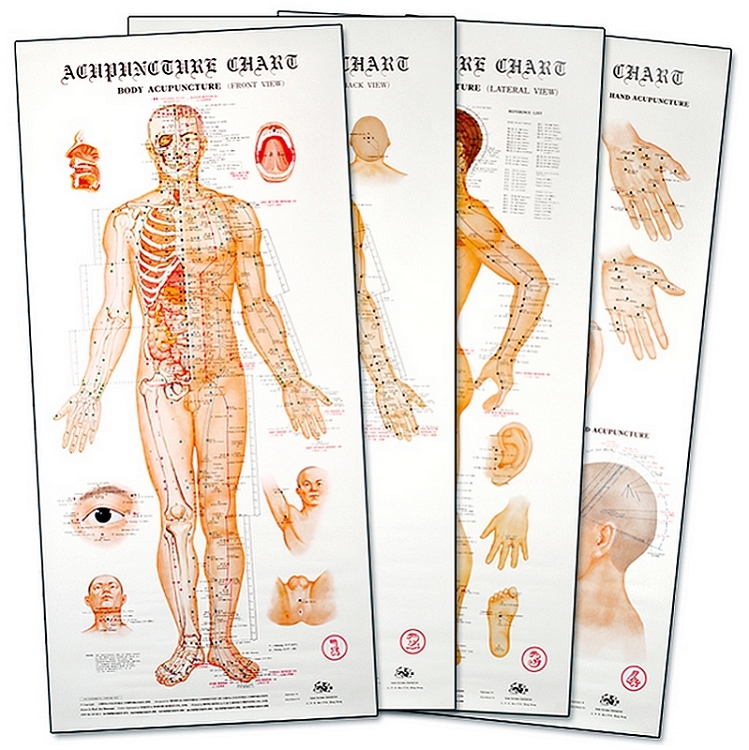In spite of there now being nearly 10,000 acupuncturists in the U.S., with 3 million Americans having been treated, acupuncture is still widely underutilized because people, even people who have been helped by it, do not always realize the wide scope of illnesses that it can help with.
Below is a list published by the World Health organization after reviewing the world’s medical acupuncture literature in 2003. If you or someone you know has any of these conditions and has not yet tried acupuncture, consider referring them to me for a short trial of 3-6 treatments to see if this ancient but still growing practice can help them. I’ll
While acupuncture doesn’t help everyone, it helps a pretty high percentage of people with otherwise untreatable conditions. It is very safe and rarely uncomfortable. For people who fear or don’t tolerate needles, I can use a weak laser to stimulate points without even the slightest discomfort.
Hope to see you soon for your wellness tune-up!
From the World Health Organization website:
1. Diseases, symptoms or conditions for which acupuncture has been proved-through controlled trials-to be an effective treatment:
- Adverse reactions to radiotherapy and/or chemotherapy
- Allergic rhinitis (including hay fever)
- Biliary colic
- Depression (including depressive neurosis and depression following stroke)
- Dysentery, acute bacillary
- Dysmenorrhoea, primary
- Epigastralgia, acute (in peptic ulcer, acute and chronic gastritis, and gastrospasm)
- Facial pain (including craniomandibular disorders)
- Headache
- Hypertension, essential
- Hypotension, primary
- Induction of labour
- Knee pain
- Leukopenia
- Low back pain
- Malposition of fetus, correction of
- Morning sickness
- Nausea and vomiting
- Neck pain
- Pain in dentistry (including dental pain and temporomandibular dysfunction)
- Periarthritis of shoulder
- Postoperative pain
- Renal colic
- Rheumatoid arthritis
- Sciatica
- Sprain
- Stroke
- Tennis elbow
2. Diseases, symptoms or conditions for which the therapeutic effect of acupuncture has been shown but for which further proof is needed:
- Abdominal pain (in acute gastroenteritis or due to gastrointestinal spasm)
- Acne vulgaris
- Alcohol dependence and detoxification
- Bell’s palsy
- Bronchial asthma
- Cancer pain
- Cardiac neurosis
- Cholecystitis, chronic, with acute exacerbation
- Cholelithiasis
- Competition stress syndrome
- Craniocerebral injury, closed
- Diabetes mellitus, non-insulin-dependent
- Earache
- Epidemic haemorrhagic fever
- Epistaxis, simple (without generalized or local disease)
- Eye pain due to subconjunctival injection
- Female infertility
- Facial spasm
- Female urethral syndrome
- Fibromyalgia and fasciitis
- Gastrokinetic disturbance
- Gouty arthritis
- Hepatitis B virus carrier status
- Herpes zoster (human (alpha) herpesvirus 3)
- Hyperlipaemia
- Hypo-ovarianism
- Insomnia
- Labour pain
- Lactation, deficiency
- Male sexual dysfunction, non-organic
- Ménière disease
- Neuralgia, post-herpetic
- Neurodermatitis
- Obesity
- Opium, cocaine and heroin dependence
- Osteoarthritis
- Pain due to endoscopic examination
- Pain in thromboangiitis obliterans
- Polycystic ovary syndrome (Stein-Leventhal syndrome)
- Postextubation in children
- Postoperative convalescence
- Premenstrual syndrome
- Prostatitis, chronic
- Pruritus
- Radicular and pseudoradicular pain syndrome
- Raynaud syndrome, primary
- Recurrent lower urinary-tract infection
- Reflex sympathetic dystrophy
- Retention of urine, traumatic
- Schizophrenia
- Sialism, drug-induced
- Sjögren syndrome
- Sore throat (including tonsillitis)
- Spine pain, acute
- Stiff neck
- Temporomandibular joint dysfunction
- Tietze syndrome
- Tobacco dependence
- Tourette syndrome
- Ulcerative colitis, chronic
- Urolithiasis
- Vascular dementia
- Whooping cough (pertussis)


